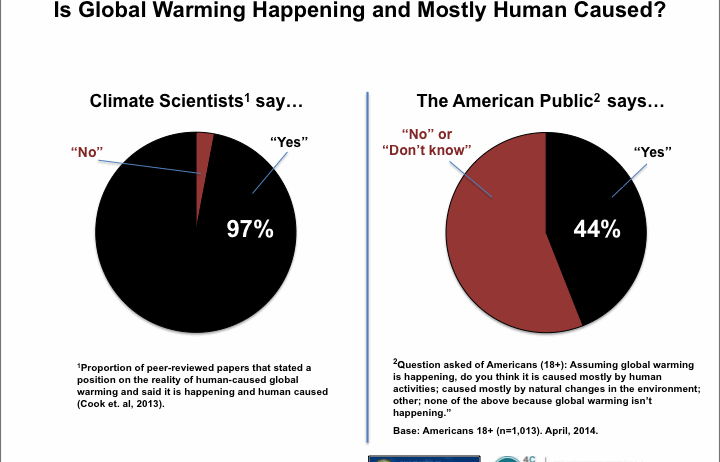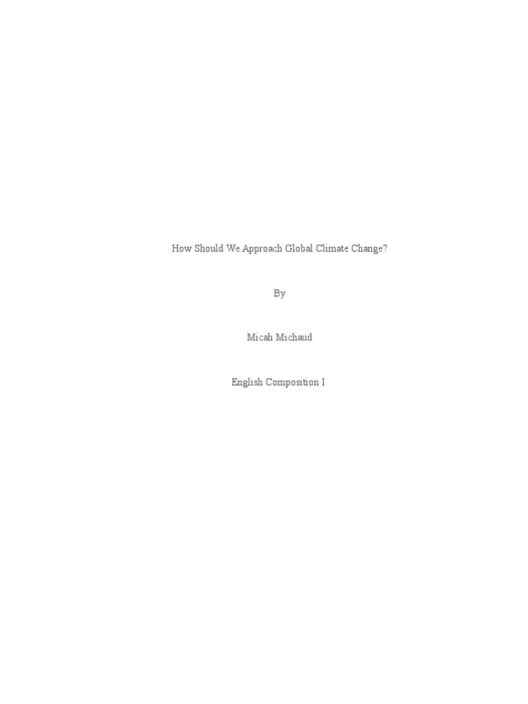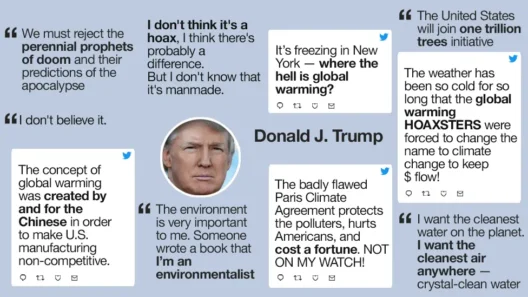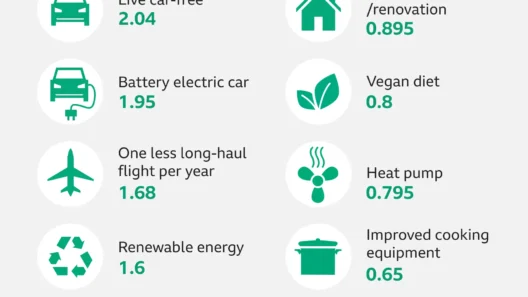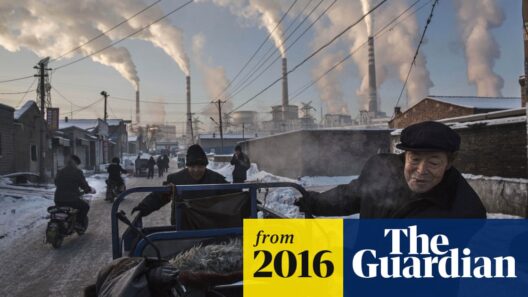The understanding of climate change is a convoluted tapestry woven with threads of empirical research, public perception, and scientific dialogue. Despite the tempestuous discussions surrounding climate change, an unequivocal consensus among climate scientists stands out like a lighthouse guiding wayward ships. As we delve into the heart of this consensus, it is imperative to ask: What percentage of climate scientists truly believe in global warming? The answer reveals not only the weight of scientific opinion but also the ramifications for policymaking and societal awareness.
Before embarking on this exploration, it’s critical to delineate what we mean by “belief” in global warming. This notion transcends mere acceptance; it embodies a robust understanding of climate dynamics, grounded in extensive research and data. The tapestry of belief is interwoven with rigorous studies, models, and experiments, all leading to a resolute affirmation: climate change, particularly anthropogenic climate change, is real and pressing.
A comprehensive review conducted by various scientific organizations indicates that upwards of 97% of actively publishing climate scientists agree that human activities are a significant driver of climate change. Not merely an eyebrow-raising statistic, this figure encapsulates a broad and profound scientific consensus that was decades in the making.
The vast majority of the scientific community operates under the same umbrella of knowledge, much like a symphony in which each musician plays a distinct role, yet harmoniously contributes to the overarching score. This collective understanding plays a pivotal role in shaping the narrative surrounding climate change. Yet, despite this overwhelmingly high percentage, public perception often lags far behind—the notes of discord echoing in public discourse often drown out the harmonious agreement of scientists.
The pernicious echo chamber of misinformation complicates an already multifaceted issue. It is as though a dense fog surrounds the lighthouse; many are left disoriented, unable to recognize that the overwhelming majority of climate experts advocate for acknowledgment of the ongoing climate crisis. This schism between scientific consensus and public belief underscores a significant challenge in the fight against climate change.
The landscape of climate science is not solely marked by consensus; it is dotted with ongoing debates and inquiries. Scientists meticulously refine models and parameters, striving for an even deeper understanding of climate systems. These inquiries are the lifeblood of scientific endeavor, inspiring new hypotheses that may shift perspectives or bolster existing evidence. While consensus holds, the realm of climate science remains dynamic—a vibrant field where questions lead to exploration, and exploration fosters greater clarity.
In the grand narrative of climate discourse, the consensus serves as a fulcrum that supports crucial policy dimensions. Decision-makers hinge on this scientific agreement when crafting legislation aimed at mitigation and adaptation. Here, the metaphor of the “bridge” emerges. The bridge connecting scientific findings to policy decisions must be fortified with the robust pillars of consensus, otherwise, it risks crumbling under the weight of misinformation and skepticism. In this sense, the confidence of the scientific community acts as the stewardship necessary for navigating future uncertainties.
Moreover, the dialogue surrounding the percentage of climate scientists who believe in global warming extends into the realm of public engagement. This is where the potency of communication comes into play. The narrative must shift from a mere statistic to an engaging story that resonates with diverse audiences. Comprehensive educational initiatives, media outreach, and community discussions can amplify the voice of science, ensuring that the lighthouse is clearly seen, its light piercing through the fog.
Simultaneously, one cannot overlook the responsibility of scientists to communicate their findings eloquently. It is not enough to present data in sterile reports; the translation of science into accessible language is essential. Scientists are tasked with becoming the narrators of their disciplines, guiding the layperson through complexities with clarity and conviction. Just as a seasoned guide navigates a winding path, clear communication illuminates the path toward broader understanding.
The global implications of the scientific consensus are substantial. As countries grapple with the ramifications of climate change, it becomes increasingly clear that international cooperation is vital. Agreements such as the Paris Accord are underpinned by scientific insights, highlighting the essential role of the scientific community in shaping global responses. Without the unyielding consensus of scientists, the foundation for such agreements would be precarious, fraught with ambiguity and division.
In summary, the percentage of climate scientists affirming the reality of global warming is not merely an abstract figure but the embodiment of decades of research and inquiry. The 97% consensus serves as a clarion call amidst a cacophony of dissenting voices. To bridge the gap between scientific understanding and public perception, effective communication and educational outreach are paramount. As society progresses toward confronting the climate crisis, it is crucial that the light of scientific consensus shines ever brighter, guiding collective action and fostering a resilient future.



